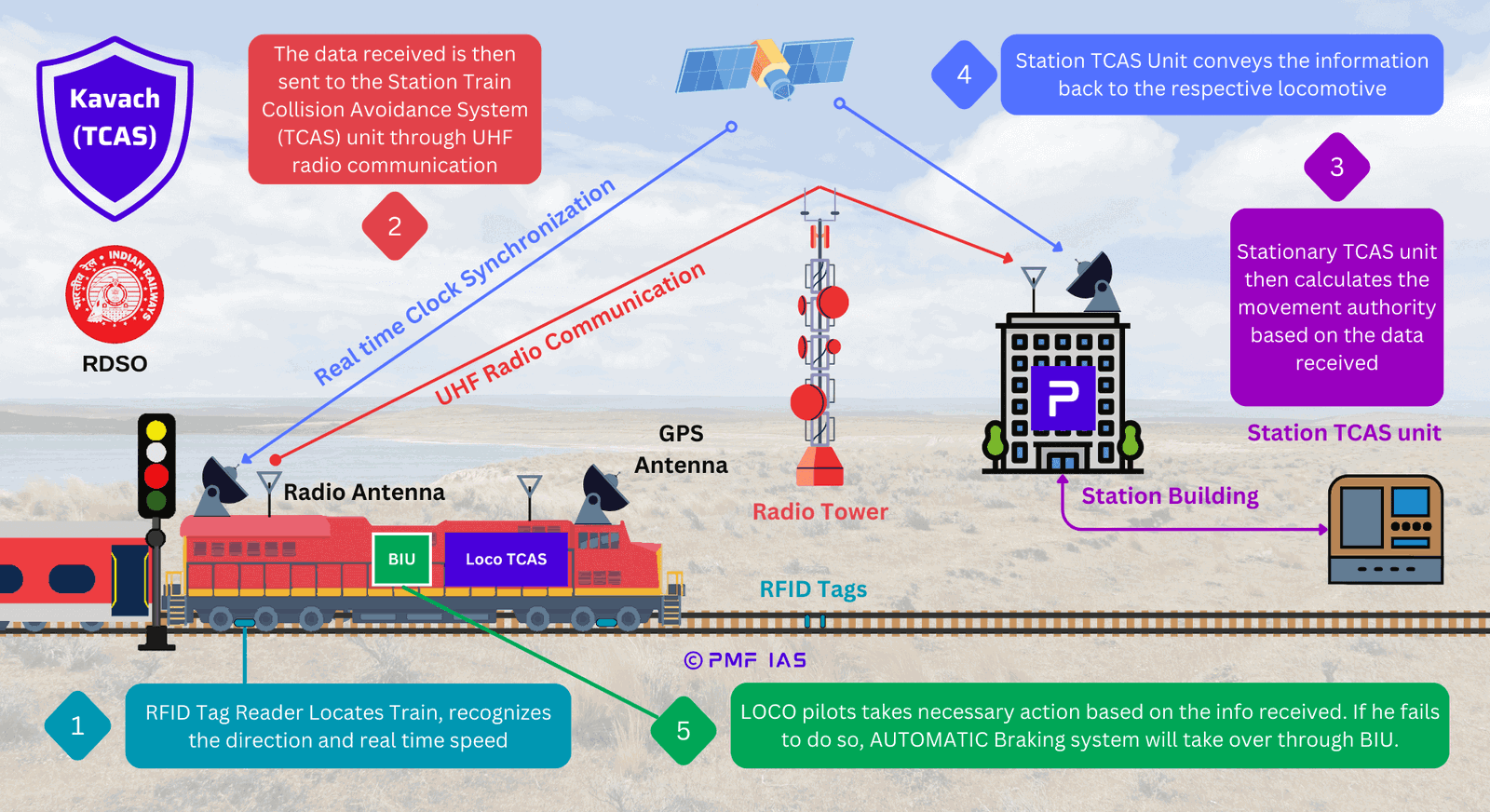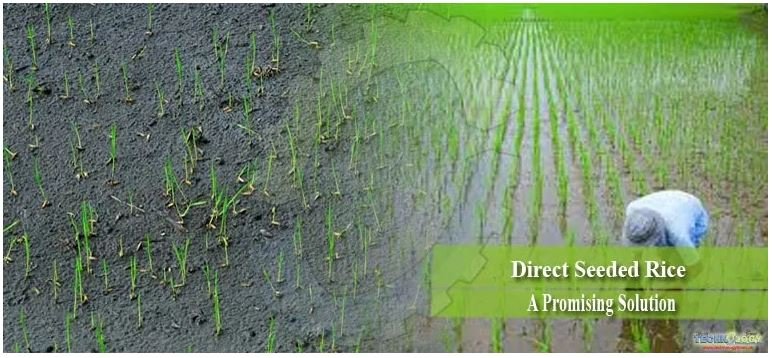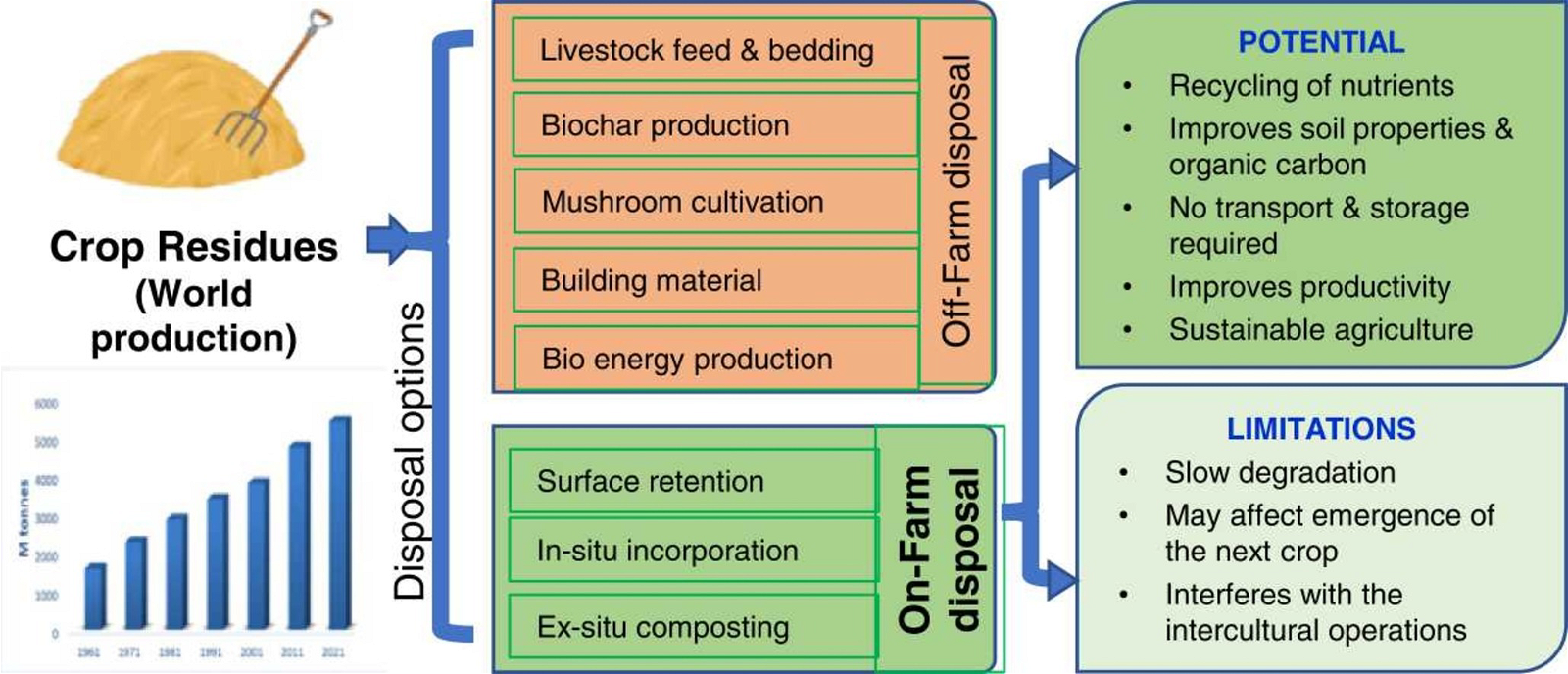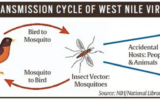
Arsenic Contamination in Rice
Subscribers of "Current Affairs" course can Download Daily Current Affairs in PDF/DOC
Subscribe to Never Miss an Important Update! Assured Discounts on New Products!
Must Join PMF IAS Telegram Channel & PMF IAS History Telegram Channel
- Context (DTE): A new study underlines the risk of using water contaminated with arsenic to cook rice.
Arsenic in Rice
- Rice acquires essential micronutrients from soil and groundwater through transporters.
- However, during this process, other non-essential elements like arsenic are absorbed by the plant with the help of several phosphate transporter genes and proteins.
- Form and concentration of arsenic depends on several factors:
- Whether the water is oxygenated (for example, arsenites predominate under reducing conditions such as those found in deep well waters);
- The degree of biological activity (which is associated with the conversion of inorganic arsenic to methylated arsenic acids);
- The type of water source (for example, open-ocean seawater, surface freshwater, or groundwater);
- The proximity of the water source to arsenic-rich geological formations and other anthropogenic sources.
- Brown rice contains higher concentrations of arsenic than white rice.
- Most of the inorganic arsenic in rice is concentrated in the bran layers that contain 10 to 20 times higher concentrations than whole grain.
- Therefore, the risk from consumption of products made from rice bran such as rice drinks is much higher than that from raw, but polished (white) rice.
- According to the recent study, conducted by the University of Sheffield’s Institute for Sustainable Food and the Department of Geography (United Kingdom), some countries still follow the outdated WHO standard of 50 parts per billion as a safe threshold for arsenic in drinking water.
- Rice contains more arsenic in comparison to other cereals. It contains inorganic arsenic (iAs) — a Group 1 carcinogen according to the International Agency for Research on Cancer, a part of WHO.
- This poses a significant health concern when rice is cooked with water that has unhealthy amounts of arsenic.
- Prolonged exposure can lead to even diabetes and cardiovascular diseases.
- White and parboiled rice absorbs more arsenic than brown rice, demonstrating that the population in Western countries and Asia is more at risk of suffering health consequences.
Arsenic
- Arsenic is an element with the chemical symbol As.
- It is also a known metalloid and classified as a Group-A carcinogen.
- Chronic arsenic poisoning causes melanosis and keratosis (dark spots on the upper chest, back and arms are known as melanosis; the next stage is keratosis, in which palms become hard), leading to loss of appetite and skin cancer, long-term exposure to arsenic may also cause cancers of the bladder and lungs.
- The International Agency for Research on Cancer (IARC) has classified arsenic and arsenic compounds as carcinogenic to humans, also when present in drinking water.





![PMF IAS Environment for UPSC 2022-23 [paperback] PMF IAS [Nov 30, 2021]…](https://pmfias.b-cdn.net/wp-content/uploads/2024/04/pmfiasenvironmentforupsc2022-23paperbackpmfiasnov302021.jpg)











